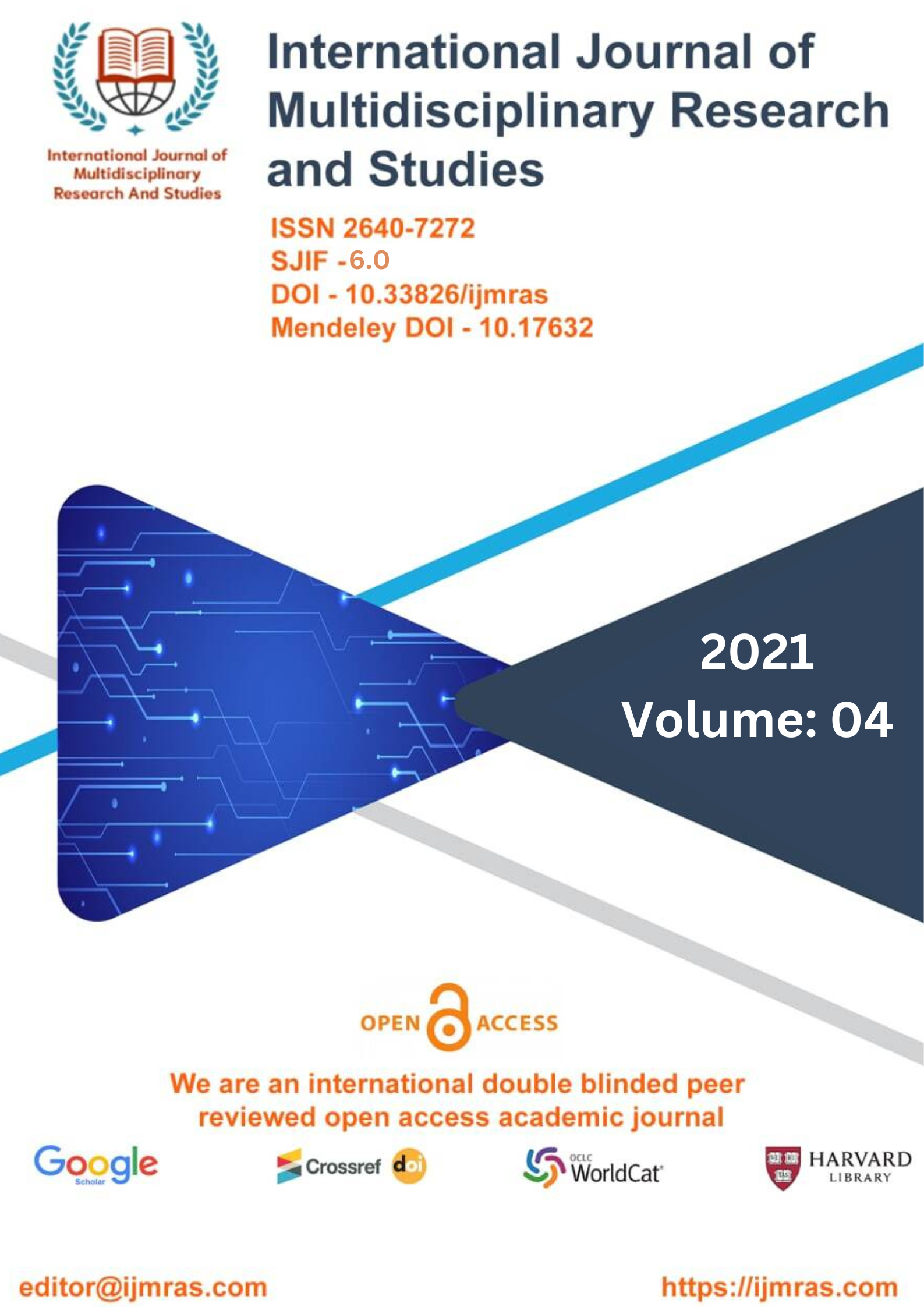A STUDY OF THE CHANGING FACE OF FAMILY LIFE IN INDIAN

Abstract
Families are always evolving, and experts in today's society argue that today's families are not the same as they once were and that members of today's families "often tinged with sorrow for a healthier past" (Allan, G., Crow, G. & Hawker, S., 2011 p. 1). Alterations were also made to India's traditional family structure. The changes taking place and the interventions being carried out are becoming more and further apart. The primary goal of replies from the social work field should be to close this gap. There are many different models, each of which is extremely helpful in responding to the requirements of evolving families. Indian families still believe in the importance of keeping closeness and emotional connectivity between kith and kin despite the dramatic changes that have occurred in the traditional structure of the family. In light of this, initiatives are being taken by organizations and experts to enhance the link that exists among family members. In spite of the fact that India has the world's lowest divorce rate, occurring in only one out of every hundred marriages, the most recent data and research show that divorce and separation are becoming more common in India. The primary focus of the professional social workers is to foster healthy and productive relationships among the many members of the evolving families they serve. S. P. Rajeev, 2014). However, the fast shifts that are taking place in the responsibilities and activities of the family are something that professional interventions must never ignore
Keywords
Indian families, traditional family structure, separation.How to Cite
References
Adelman, I.; & Morris, C.T., (ed.) (1967). Society, political and economic development: A quantitative approach. Baltimore: Johns Hopkins University Press. Adler Alfred (1917). A study of organ inferiority and its physical compensation. Nervous and Mental Diseases. New York: Publishing Company.
Bednar, R.L.; Wells, M.G.; & Peterson, S.R.; (Eds.) (1989). Self-Esteem: Paradoxes and Innovations in Clinical Theory and Practice. Washington, DC: American Psychological Association.
Blascovich, J.; & Tomaka, J.; (1991). Measures of self-esteem. In J. P. Robinson, P. R. Shaver, & L. S. Wrightsman (Eds.), Measures of personality and social psychological attitudes. I, San Diego, CA: Academic Press.
Chauhan, R.; (2001). Joint family in a changing society: A case study of Himanchal Pradesh. The Indian Journal of Social Work. 62, (4).
Choi, Y-E; (ed.) (1996). The self in different contexts: Behavioral Analysis. Monteral: Inst. Congr. Psychol. Cialdini R.B.; Wosinska W.; Barrett D.W.; Butner, J.; & Gornik-Durose M.; (1999).
Cohen, R.; (ed.) (1991). Negotiating across cultures. Washington, DC: US Inst. Peace Press. Cohn, Bernard, S.; (1961). Chamar family in a North Indian Village: A structural contingent. The Economic Weekly. 13, 1051-1055. Coleman, J. S.; (ed.) (1961). The Adolescent Society. New York: Free Press.
Dixit, R.C.; & Gupta, S.; (1977). Sex role preferences among young children of rural and urban social groups. Psychologia, 20, 111-119.
Dube, S.C.; (1958). India’s Changing Villages. Routledge and Kagan Paul.
Herz, Lara & Gullone, Eleonora (1999). The relationship between self-esteem and parenting style A cross-cultural comparison of Australian and Vietnamese Australian Adolescents. Journal of CrossCultural Psychology. 30, (6), 742-761.
Ho, David, Yau-Fai; & Chi, Yue, Chiu (1994). Component ideas of individualism, collectivism, and social organization An application in the study of Chinese culture. In Uichol Kim,
Harry C. Triandis, Cigdem Kagitcibasi, Sang-Chin Choi and Gene Yoon (Eds.), Individualism and Collectivism Theory, Method and Applications. Thousand Oaks: Sage Publications.
Nevadomsky, Joseph (1980). Abandoning the Retentionist Model: Family and Marriage Change Among the East Indians in Rural Trinidad. International Journal of Sociology of the Family. 10, (2), 181-198. Nimkoff, M.F. (1959). Some problems concerning research on the changing family in India. Sociological Bulletin. 7, (2).
Parkes, L.P.; Schneider, S. K.; & Bochner, S. (1999). Individualismcollectivism and self-concept: social or contextual? Asian Journal of Social Psychology. 2, 367-383.
Pettigrew, T. F. (1967). Social evaluation theory: convergences and applications. Nebraska Symposium on Motivation.
Phalet, Karen; & Claeys, Willem (1993). A comparative study of Turkish and Belgian youth. Journal of Cross-Cultural Psychology.
License
Copyright (c) 2021 Leela Kumari

This work is licensed under a Creative Commons Attribution 4.0 International License.
Individual articles are published Open Access under the Creative Commons Licence: CC-BY 4.0.



